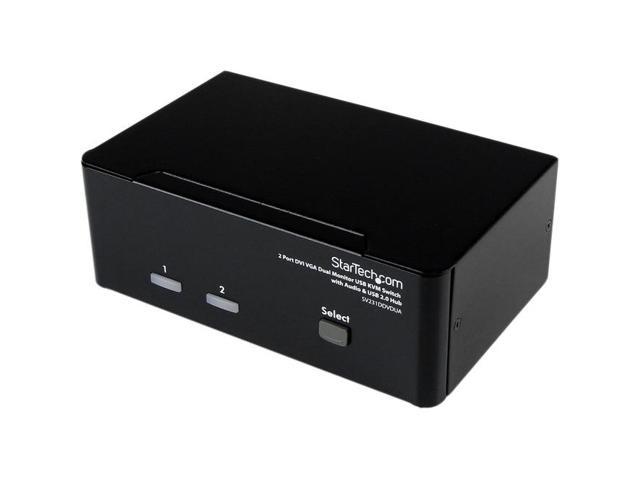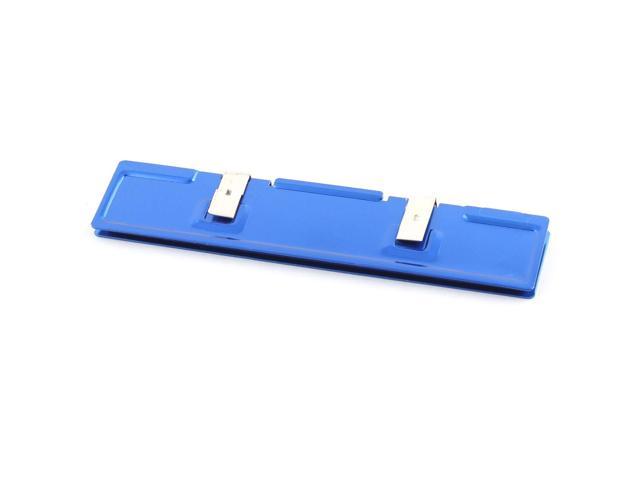Confidently face everyday nursing challenges withLippincott® Nursing Pocket Cards. Let these popular cards keep you informed and accurate, offering quick reference on a wide range of issues at the bedside, from administering IV fluids, infection control, and hemodynamic monitoring to treating pneumonia, sepsis, heart failure and more.<BR <BR These quick-read pocket cards provide both new and experienced nurses the vital reminders needed to provide safe, effective care.<BRStay sharp and accurate with this on-the-spot reference tool:<BR
- Boxed set of 35 long-lasting, laminated, 5 x 7 pocket cards
- Two-sided, keep-it-handy size cards that are made for quick reference, with need-to-know information that supports effective decision-making
<LI><STRONG>Cards clarify difficult to understand pathophysiology</STRONG>such as the difference between syndrome of inappropriate antidiuretic hormone secretion (SIADH) and diabetes insipidus (DI), or between hypothyroidism and hyperthyroidism- Created for nurses, by nurses, to simplify challenging concepts
About the Clinical Editor<BR <BR Lisa Morris Bonsall, MSN, RN, CRNP, is Senior Clinical Editor for Lippincott NursingCenter.com in Philadelphia, Pennsylvania.<BR <STRONG>Lippincott Nursing Pocket Cards List<BR Cardiac Nursing</STRONG><BR Hemodynamic Monitoring <BR Myocardial Infarction<BR Assessment and Diagnosis of Heart Failure<BR Heart Failure: Guideline-Directed Management and Therapy<BR <STRONG>Critical Care Nursing</STRONG><BR Arterial Blood Gas (ABG) Analysis<BR Mechanical Ventilation Settings and Basic Modes<BR Caring for the Mechanically Ventilated Patient<BR Take5: Pneumonia in the Adult<BR Recognizing and Managing Sepsis<BR <STRONG>Dermatology Nursing</STRONG><BR Melanoma<BR <STRONG>Endocrinology & Diabetes</STRONG><BR Managing Diabetes in the Hospital Setting<BR Managing Acute Diabetic Complications<BR Discharge Planning for Patients with Diabetes Mellitus<BR Understanding Syndrome of Inappropriate Antidiuretic Hormone and Diabetes Insipidus<BR Understanding Hypothyroidism and Hyperthyroidism<BR Thyroid Emergencies<BR <STRONG>Gerontology<BR Differentiating Delirium, Dementia, and Depression<BR <STRONG>Infection Control/ID</STRONG><BR Recognizing and Managing Influenza<BR Sexually Transmitted Diseases<BR <STRONG>Infusion Nursing</STRONG><BR Complications of Peripheral Intravenous Therapy<BR Complications of Central Vascular Access Devices<BR Preventing and Managing Central Line-Associated Bloodstream Infections<BR IV Fluids<BR <STRONG>Medical-Surgical Nursing</STRONG><BR Quick Guide to Laboratory Values<BR Isolation Precautions<BR Nursing Documentation<BR Common Calculations<BR <STRONG>Neurology<BR Cranial Nerves<BR Assessment and Management of Stroke<BR Alteplase Injection for Acute Ischemic Stroke<BR <STRONG>Nutrition</STRONG><BR Parenteral Nutrition (PN)<BR <STRONG>Wound, Ostomy, Continence</STRONG><BR Pressure Injury Assessment and Management<BR Guide to Negative Pressure Wound Therapy <BR Urinary Incontinence<BR Ostomy Management















